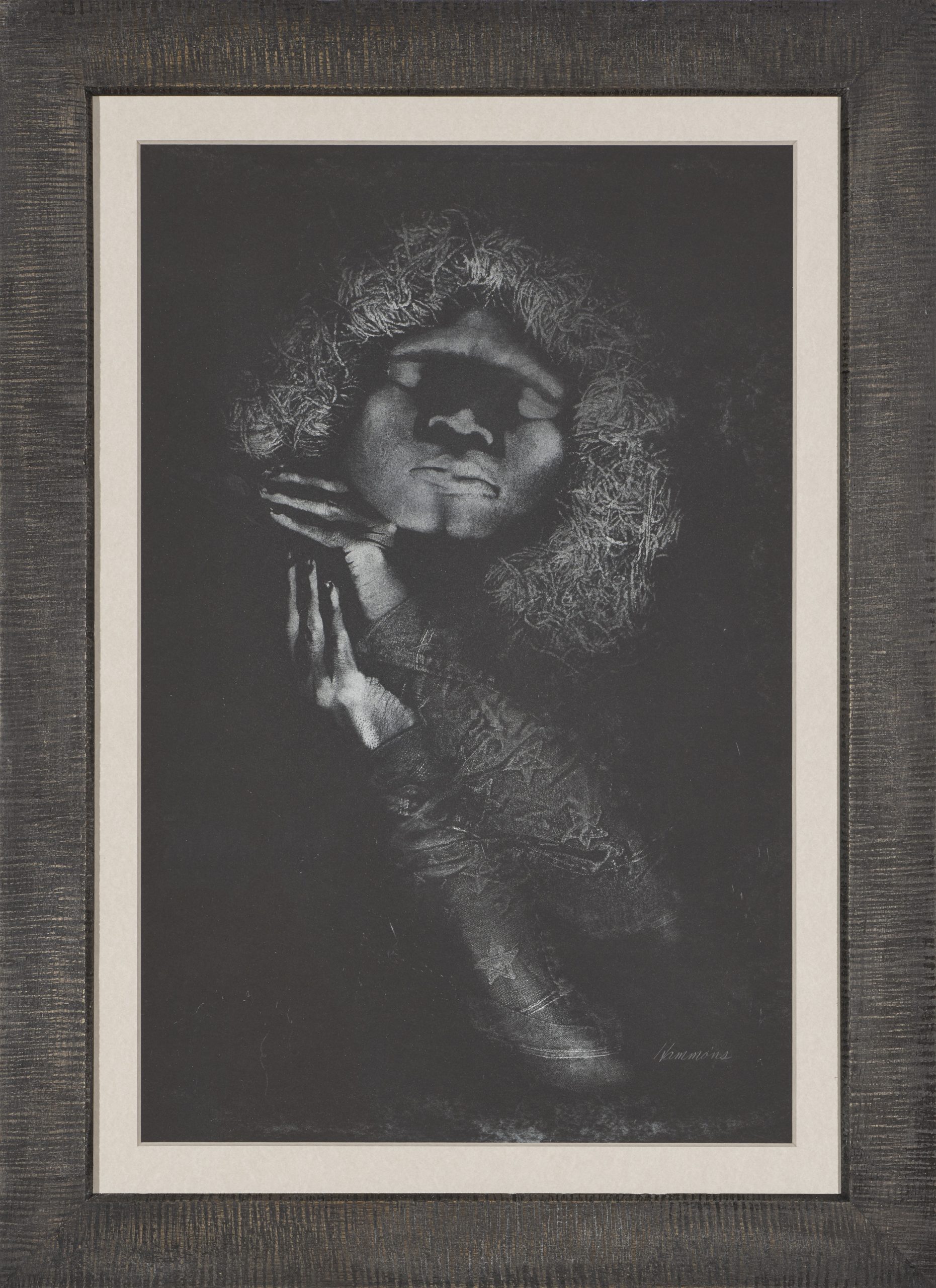
Zidoun-Bossuyt Gallery is pleased to announce TRANSMISSION, a group exhibition of paintings by Noel W. Anderson, Derek Fordjour, David Hammons, Glenn Ligon, Wangechi Mutu and Jeff Sonhouse.
Preview on Wednesday May 22, 2019 from 6pm.
PRESS RELEASE
NOEL W. ANDERSON
From tattered old rugs to mechanically-produced tapestries, Anderson embeds a spectrum of fibers with found images and physical usage just long enough to fray their edges and challenge their legibility. Black Origin Moment continues this course as Anderson pushes his study into the fraught post-Ferguson era of Black Lives Matter and heightened racial tensions in the United States.
Prompted by the provocative question, “when did you know you were black?” he collects oral, artifact-based and visual histories to ultimately restructure the origin and genealogy of black consciousness. The works in this show attempt to locate an elusive black essence by way of images which evoke moments where racial recognition is heightened but resolution is deferred.
Noel Anderson was born in Louisville, Kentucky in 1981 and lives in New York City, NY. After receiving an MFA in Printmaking from Indiana University, he received an MFA in Sculpture from Yale University. He was a professor at the University of Cincinnati from 2011-2015 and is now an Assistant Professor at NYU’s Art and Art Professions Department in Print Media. Anderson was included in the Studio Museum of Harlem’s exhibition Speaking of People: Ebony, Jet, and Contemporary Art in 2014 and more recently held a remarkable solo show at the Contemporary Art Center of Cincinnati (February – June 2017). In 2018, Noel was awarded the NYFA artist fellowship grant and the prestigious Jerome Prize. His solo exhibition Black Origin Moment, which debuted at the Contemporary Arts Center, will be traveling to the Hunter Museum of American Art in the fall of 2019.
DEREK FORDJOUR
Derek Fordjour is a New York-based artist of Ghanaian heritage, whose richly accumulated surfaces break down the illusionistic experience of America. Mainly working in everyday, pedestrian materials – from cardboard to newsprint to coal dust – he transforms these humble elements into something spectacular, worthy of the investment of looking. The works illustrate the entrenchment of power relations, capital flows, and racial inequality within the economic and social systems of the United States. Taken together, Fordjour’s lush and textured paintings amount to a comprehensive worldview, shifting scales from the communal to the individual to the pastoral.
Derek Fordjour (b. 1974, Memphis, TN) is a graduate of Morehouse College in Atlanta, Georgia, earned a Master’s Degree in Art Education from Harvard University, and an MFA in painting at Hunter College. His work has been exhibited in numerous venues including The Whitney Museum, Sugarhill Museum, Harlem and BAM in Brooklyn. In September 2018, the Whitney Museum in partnership with TF Cornerstone and The High Line presented a public billboard installation by the artist as part of it’s Whitney Billboard Project. Fordjour was commissioned by the the New York City MTA to create a series of permanent mosaic installations at 145th Street Station on the Lenox Avenue line, which were installed in November 2018. Fordjour’s other awards include the 2018 Deustche Bank NYFA Fellow Award, the 2017 Sharpe-Walentas Studio Program in New York City and the 2016 Sugarhill Museum Artist-in-Residence. His work has been reviewed in the New York Times, Los Angeles Times, Hyperallergic and ARTnews. He was appointed Critic at Yale University University School of Art in 2018. His work also appears in several collections throughout the US and Europe including JP Morgan Chase collection and Dallas Museum of Art. He lives and works in New York.
DAVID HAMMONS
David Hammons once commented that “outrageously magical things happen when you mess around with a symbol.”For the past 50 years, Hammons has created a vocabulary of symbols from everyday life and messed around with them in the form of prints, drawings, performances, video, found-object sculptures, and paintings. Many of the results have indeed been outrageous, and most all of them have had a distinct kind of magic, derived from the transformation of everyday objects into allegories of the experience of the outsider in the contemporary world, whether an artist, a stranger, a madman, or, most persistently, a person of color.
Born in 1943 in Springfield, Illinois, Hammons moved to Los Angeles in 1963 to study art. After stints at Los Angeles City College and the Los Angeles Trade and Technical College, he began taking night classes at Otis Art Institute with realist artist and activist Charles White. Although he would finish his art education elsewhere, graduating from Chouinard Art Institute in 1968, Hammons retained a deep respect for White’s work and the example of his approach to art making.
Although he did not choose to work in a traditional realistic style, Hammons translated White’s socially committed, hand-drawn realism into a contemporary realism of found objects and materials. Beginning in the late 1960s, he began to use his own body, greasing it, imprinting it on paper, and sprinkling the result with pigment and graphite to make Body Prints. These X-ray-like figures were punctuated with exacting details of skin, hair, clothes, and body parts created by the process of one-to-one transfer.
After relocating to New York in 1974, Hammons started his lifelong practice of making sculptures from the highly charged detritus of urban American life, including hair gathered from barbershop floors, chicken bones, bottle caps, and empty liquor bottles. Public installations like Higher Goals (1983; 1986), a group of towering basketball hoops decorated with metal bottle caps bent to look like cowrie shells, or In the Hood (1993), a small sculpture made from a hood cut from a used sweatshirt and mounted on the wall like an African mask, are iconic examples of American Conceptual art. At the same time, they are sharply critical commentaries on the clichés of growing up American in the US, from the nearly impossible aspiration of becoming a sports hero, to the danger of wearing everyday outfits that are somehow perceived as menacing.
From landmark actions like his Bliz-aard Ball Sale (1983), in which Hammons sold snowballs of different sizes on a New York City sidewalk, to his most recent paintings whose surfaces are obscured by tarpaulins, burlap, or old furniture, such as Untitled, his work has contributed to an ongoing discussion about the role of the artist and the value of art in a world beyond the pampered precincts of the museum or gallery. Reluctant to participate in exhibitions of his own work, Hammons has fiercely guarded his status as a cultural outsider, while simultaneously continuing to produce work that reinforces his reputation as one of the most relevant and influential living American artists.
GLENN LIGON
Over the last two decades, Glenn Ligon has cycled through series based in painting, photography, printmaking, video, and neon light. His use of language as both form and content has remained central to his enterprise. He has borrowed text from figures ranging from James Baldwin, Richard Pryor, and Ralph Ellison to Gertrude Stein and Jesse Jackson on the subject of being black, as well as words from his friends, his teachers, and his therapist. “The movement of language toward abstraction is a consistent theme in my work,” says Ligon. “I’m interested in what happens when a text is difficult to read or frustrates legibility—what that says about our ability to think about each other, know each other, process each other.”
Glenn Ligon (b. 1960) is an artist living and working in New York. Through his work he pursues an incisive exploration of American history, literature, and society across a body of work that builds critically on the legacies of modern painting and more recent conceptual art. He is best known for his text-based paintings, made since the late 1980s, which draw on the writings and speech of diverse figures including Jean Genet, Zora Neale Hurston, Gertrude Stein and Richard Pryor. He received a Bachelor of Arts from Wesleyan University and attended the Whitney Museum Independent Study Program. In 2011 the Whitney Museum of American Art held a mid-career retrospective of Ligon’s work, Glenn Ligon: America, organized by Scott Rothkopf, that traveled nationally. Important recent shows include Glenn Ligon: Encounters and Collisions (2015), a curatorial project organized with Nottingham Contemporary and Tate Liverpool, and Blue Black (2017), an exhibition Ligon curated at the Pulitzer Arts Foundation in St. Louis, inspired by the site-specific Ellsworth Kelly wall. Ligon has also been the subject of solo museum exhibitions at the Camden Arts Centre in London, the Power Plant in Toronto, the Walker Art Center in Minneapolis, and the Studio Museum in Harlem, among others. His work has been included in major international exhibitions, including the Venice Biennale (2015 and 1997), Berlin Biennal (2014), Istanbul Biennal (2011), Documenta XI (2002), and Gwangju Biennale (2000).
WANGECHI MUTU
Kenyan-born Wangechi Mutu’s work explores the contradictions of female and cultural identity and makes reference to colonial history, contemporary African politics and the international fashion industry. Drawing from the aesthetics of traditional crafts, science fiction and funkadelia, Mutu’s works document the contemporary myth making of endangered cultural heritage. Piecing together magazine imagery with painted surfaces and found materials, Mutu’s elaborate collages mimic amputation, transplant operations and bionic prosthetics. Her figures become satirical mutilations. Their forms are grotesquely marred through perverse modification, echoing the atrocities of war or self-inflicted improvements of plastic surgery. Mutu examines how ideology is very much tied to corporeal form. She cites a European preference to physique that has been inflicted on and adapted by Africans, resulting in both social hierarchy and genocide.
Mutu’s figures are equally repulsive and attractive. Their exaggerated features are appropriated from lifestyle magazines and constructed from festive materials such as fairy dust and fun fur. Mutu uses materials which refer to African identity and political strife: dazzling black glitter symbolises western desire which simultaneously alludes to the illegal diamond trade and its terrible consequences. Her work embodies a notion of identity crisis, where origin and ownership of cultural signifiers becomes an unsettling and dubious terrain.
Mutu was born in 1972 in Nairobi, Kenya. She was educated at Loreto Convent Msongari (1978–1989) and later studied at the United World College of the Atlantic, Wales (I.B., 1991). Mutu moved to New York in the 1990s, focusing on Fine Arts and Anthropology at The New School for Social Research and Parsons School of Art and Design. She earned a BFA from Cooper Union for the Advancement of the Arts and Science in 1996 and a master’s degree in sculpture from Yale School of Art in 2000. Mutu’s work has been exhibited at galleries and museums worldwide including the San Francisco Museum of Modern Art, the Brooklyn Museum, Deutsche Guggenheim , the Miami Art Museum, Tate Modern in London, the Studio Museum in Harlem in New York, Museum Kunstpalast in Düsseldorf, Germany, the Centre Georges Pompidou in Paris, and the Nasher Museum of Art at Duke University. In 2015, Wangechi Mutu participated in the 56th Venice Biennale’s International Art Exhibition titled “All The World’s Futures”, curated by Okwui Enwezor at the Giardini and the Arsenale venues. Her work is included in the collections of the Museum of Modern Art, New York; The Whitney Museum of American Art; The Studio Museum in Harlem; Museum of Contemporary Art, Chicago; the Museum of Contemporary Art, Los Angeles; the Nasher Museum of Art at Duke University; the Musée d’art contemporain de Montréal ; the Brooklyn Museum; and Tate Modern in London.
JEFF SONHOUSE
Jeff Sonhouse’s works reflect the artist’s ongoing interrogation of American male identity and its representation in Western culture. Sonhouse’s deftly painted figures combine classical technical sensibility with an irreverent approach to color and material. Drawing upon the art historical legacy of portraiture as well as his own, unique visual language, honed over many years, Sonhouse populates his works with characters both particular and general. His ominous, surreal compositions feature black male figures that are highly charged and curiously anonymous. Their manifold potency suggests a range of psychological narratives that engage the viewer in their unraveling, and which move away from racial specificity, offering the possibility of a more open- ended, humanistic interpretation. In that spirit, Sonhouse’s use of vernacular materials is meaningful conceptually and formally; it lures the viewer away from a formulated reading toward a removed and renewed visual experience. Indeed, Sonhouse often incorporates steel wool or matchsticks in his compositions, painstakingly whittled and adhered to the finished canvas before being lit, resulting in the presence of something smoky, scorched. Here, the notion of “baptism by fire” is evoked; rebirth through crisis. This echoes Sonhouse’s challenge to the viewer, who is pushed to re- see the representation of black male identity through the artist’s alighting prism.
Jeff Sonhouse (American, b. 1968) received his BFA from the School of Visual Arts, New York in 1998 and his MFA from Hunter College, New York in 2001. In 2004, Sonhouse received awards from the Joan Mitchell Foundation, New York, and the New York Foundation for the Arts. Notable exhibitions include Probable Cause, Atlanta Contemporary Art Center (solo, 2003); Frequency, The Studio Museum in Harlem, New York (2005); 30 Americans, The Rubell Family Collection, Miami (2008), which continues to travel throughout the US, including Tuscon Museum of Art, AZ (2018), and Nelson-Atkins Museum of Art, Kansas City, MO (2019); Jeff Sonhouse: Slow Motion, Frances Young Tang Teaching Museum and Art Gallery, Skidmore College, Saratoga Springs (solo, 2014); and Face to Face: Los Angeles Collects Portraiture, California African American Museum, Los Angeles (2017). His work can be found in public collections including Nasher Museum of Art at Duke University, Durham, NC; Artist Pension Trust, New York; Rubell Family Collection, Miami; and The Pizzuti Collection, Columbus, OH. Sonhouse first exhibited at moniquemeloche in Things Fall Apart (2005), a group exhibition organized by then-independent curator Franklin Sirmans, current Director of Pérez Art Musem, Miami. The artist lives and works in New York.

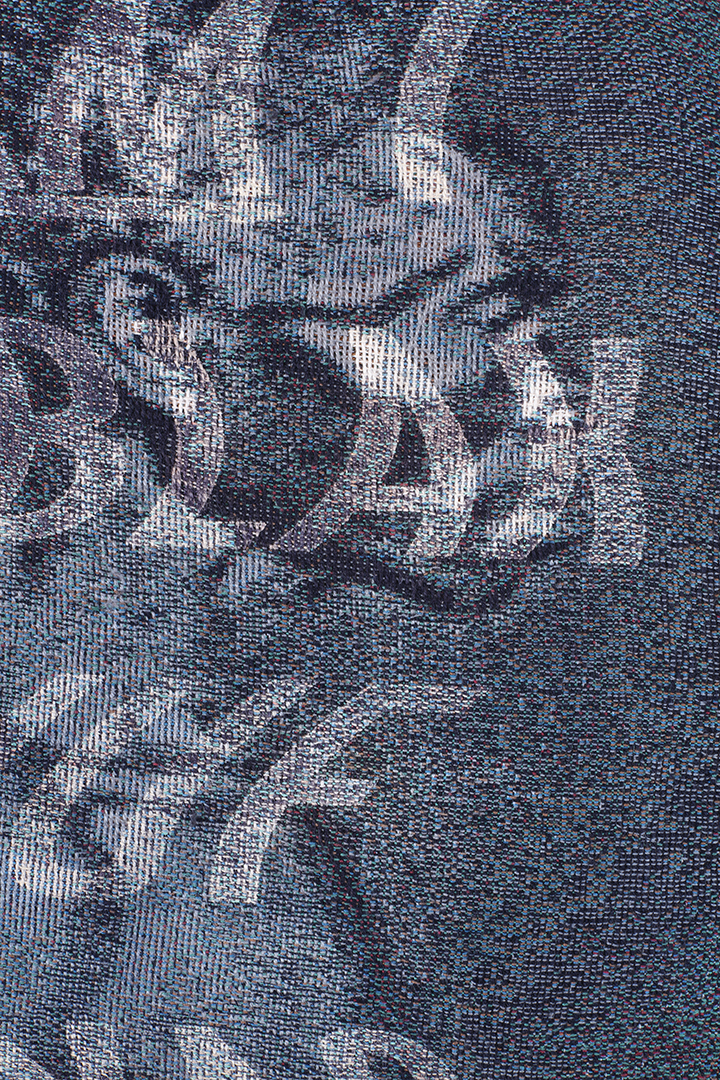
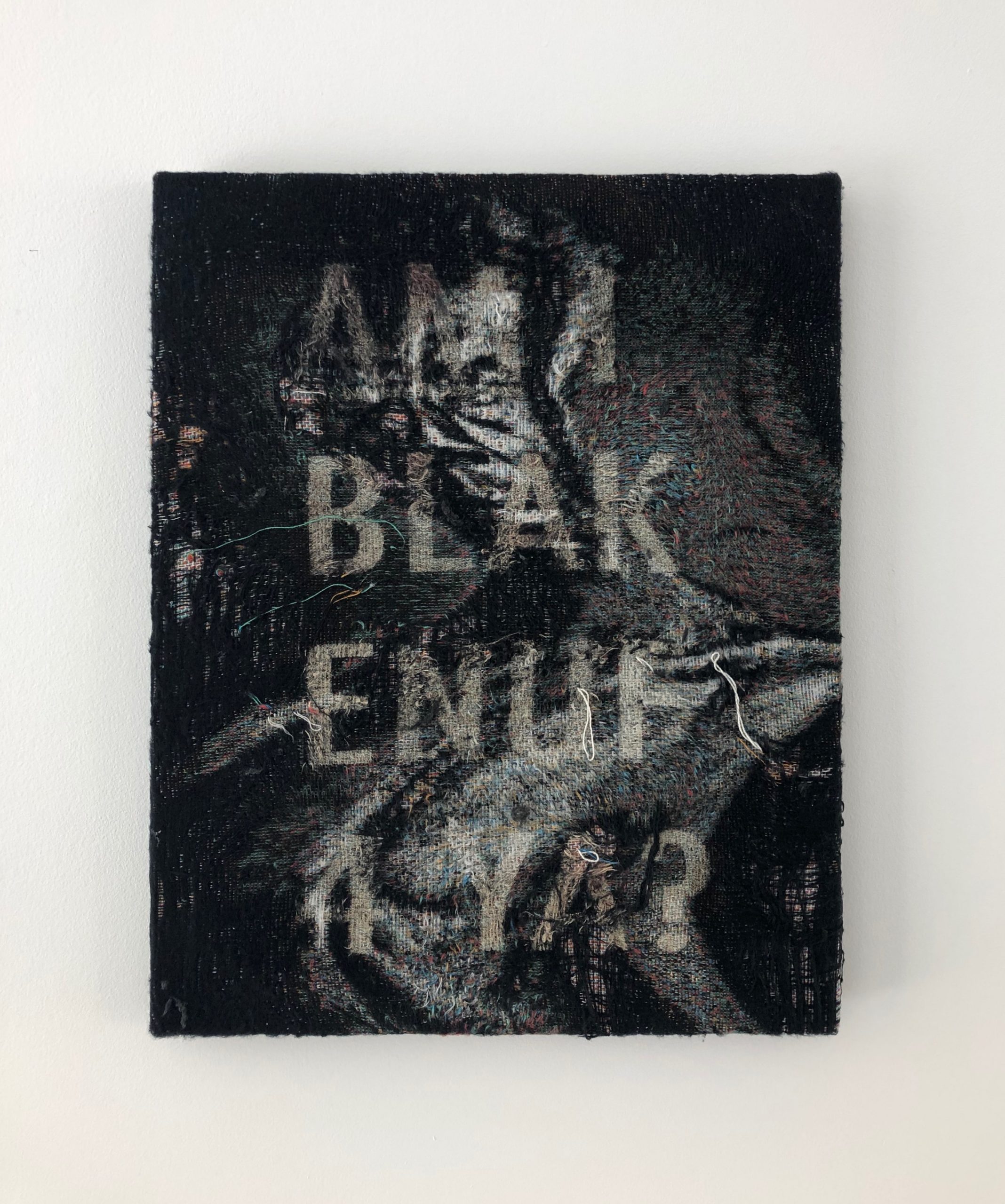
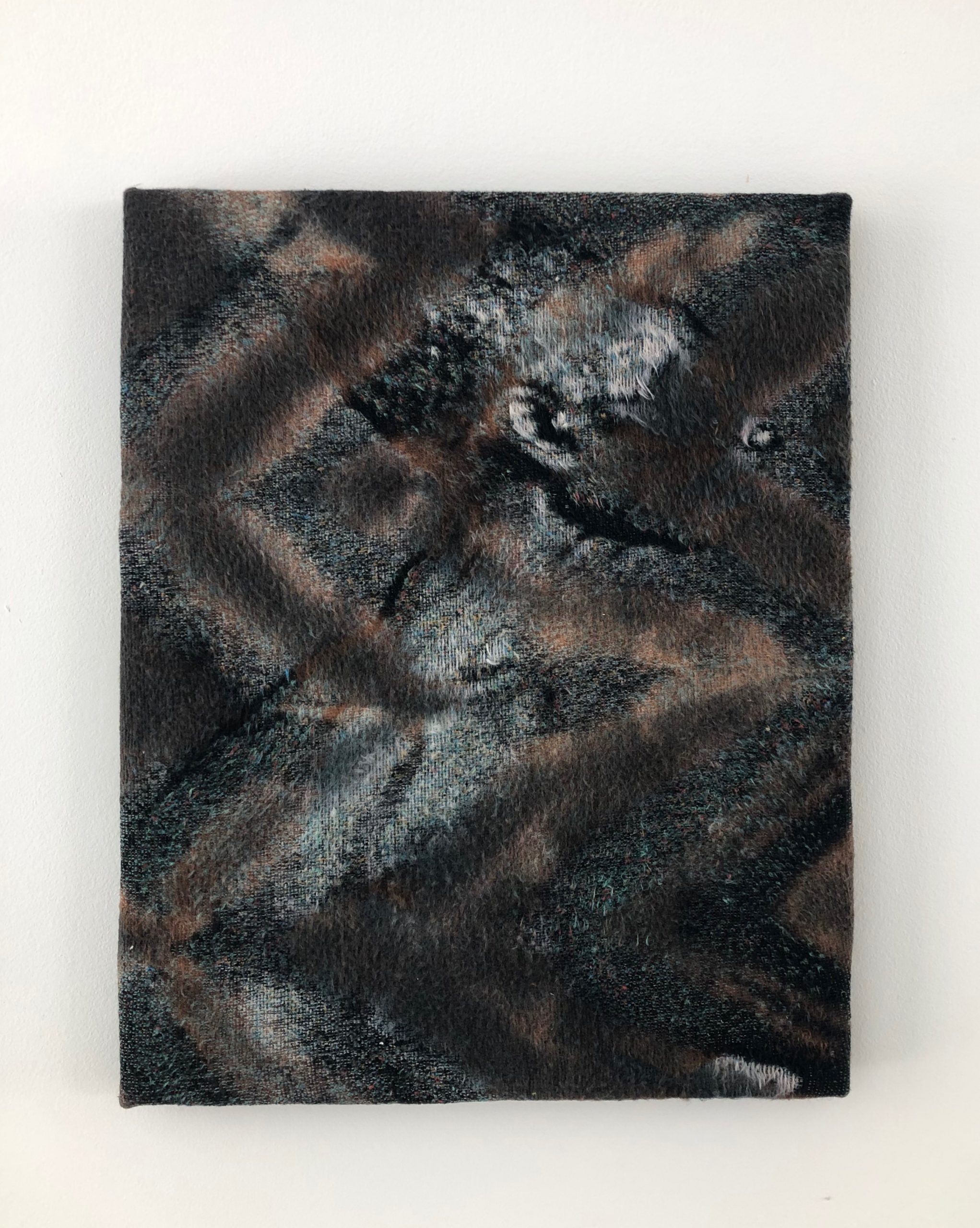
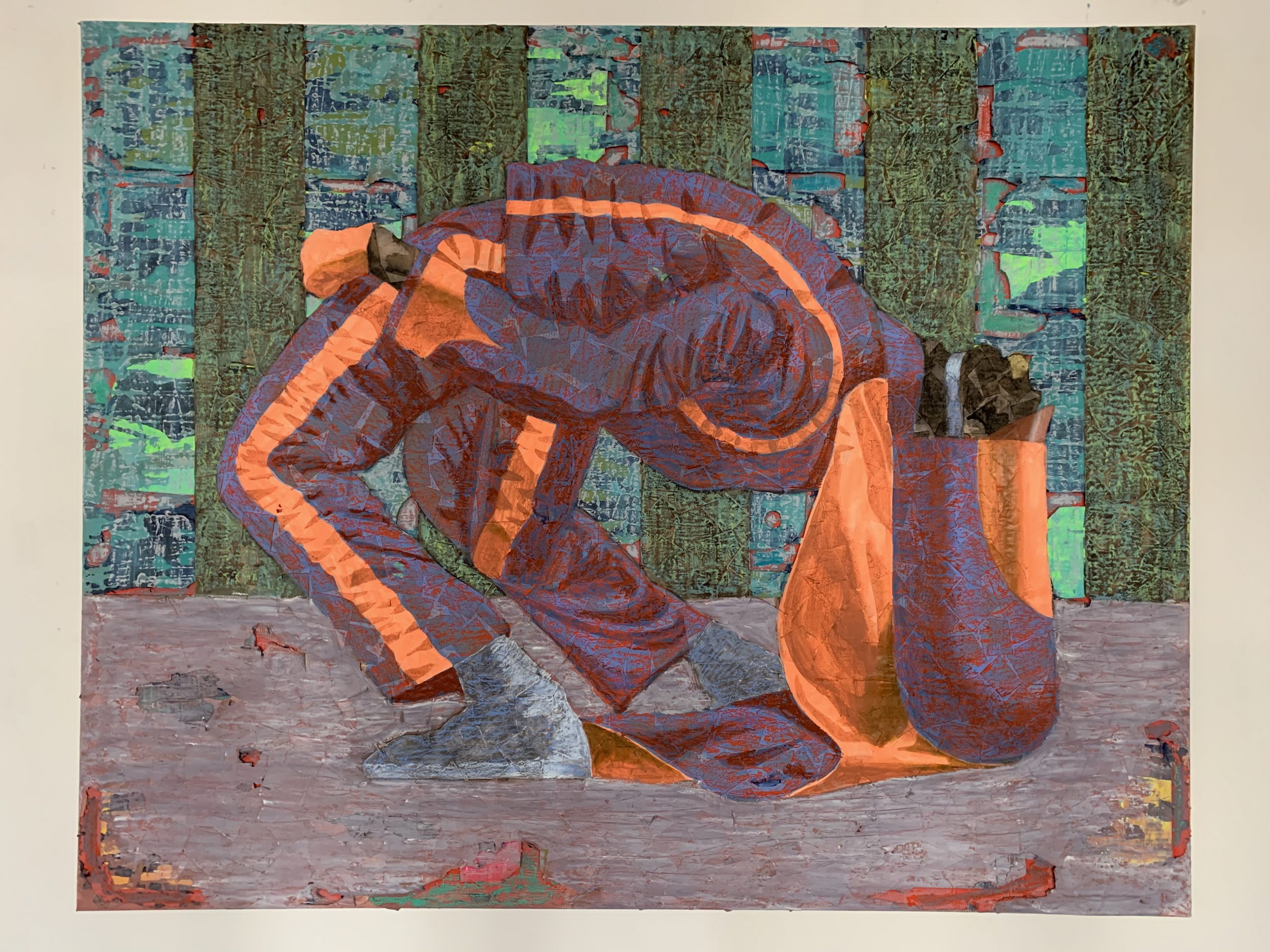
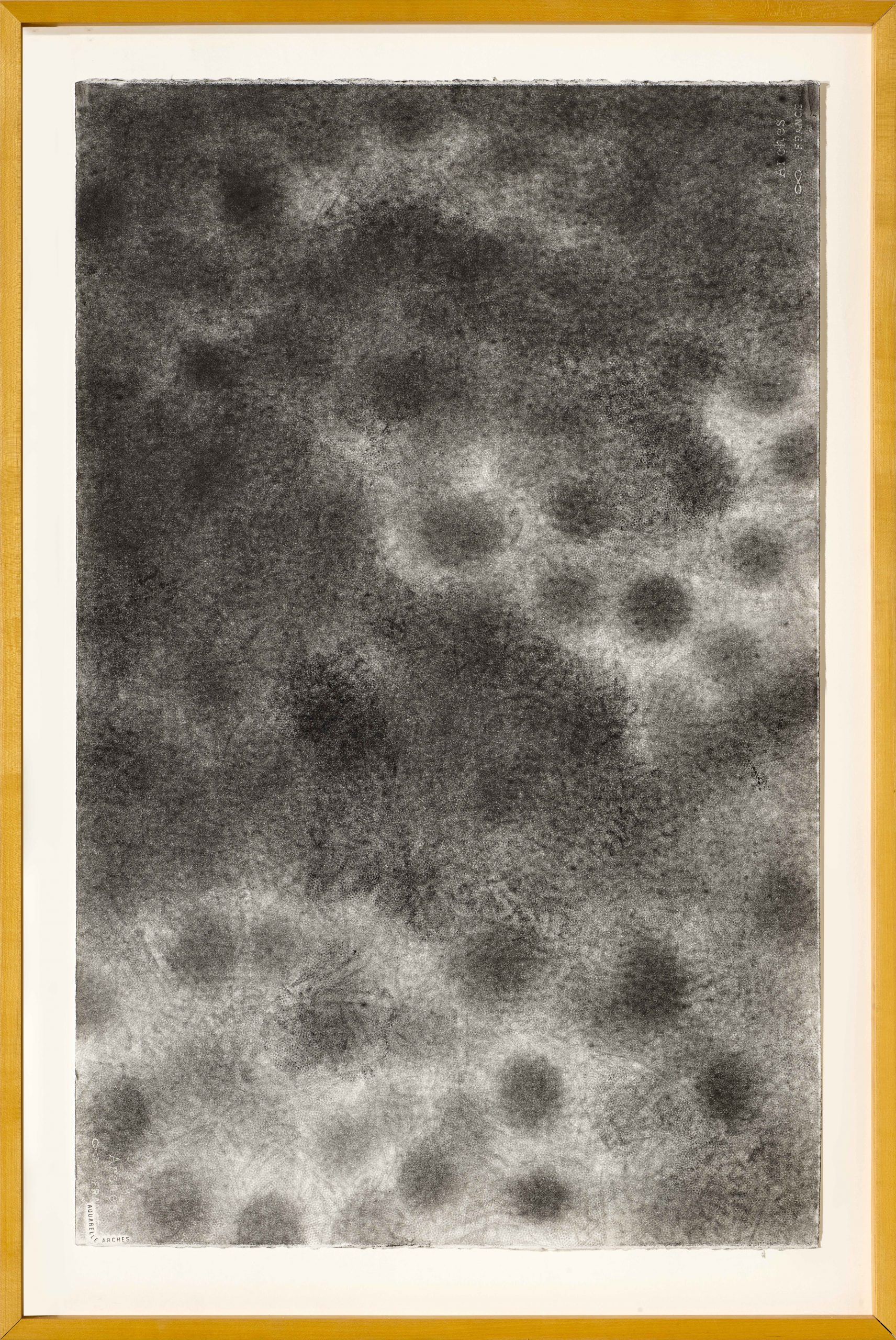
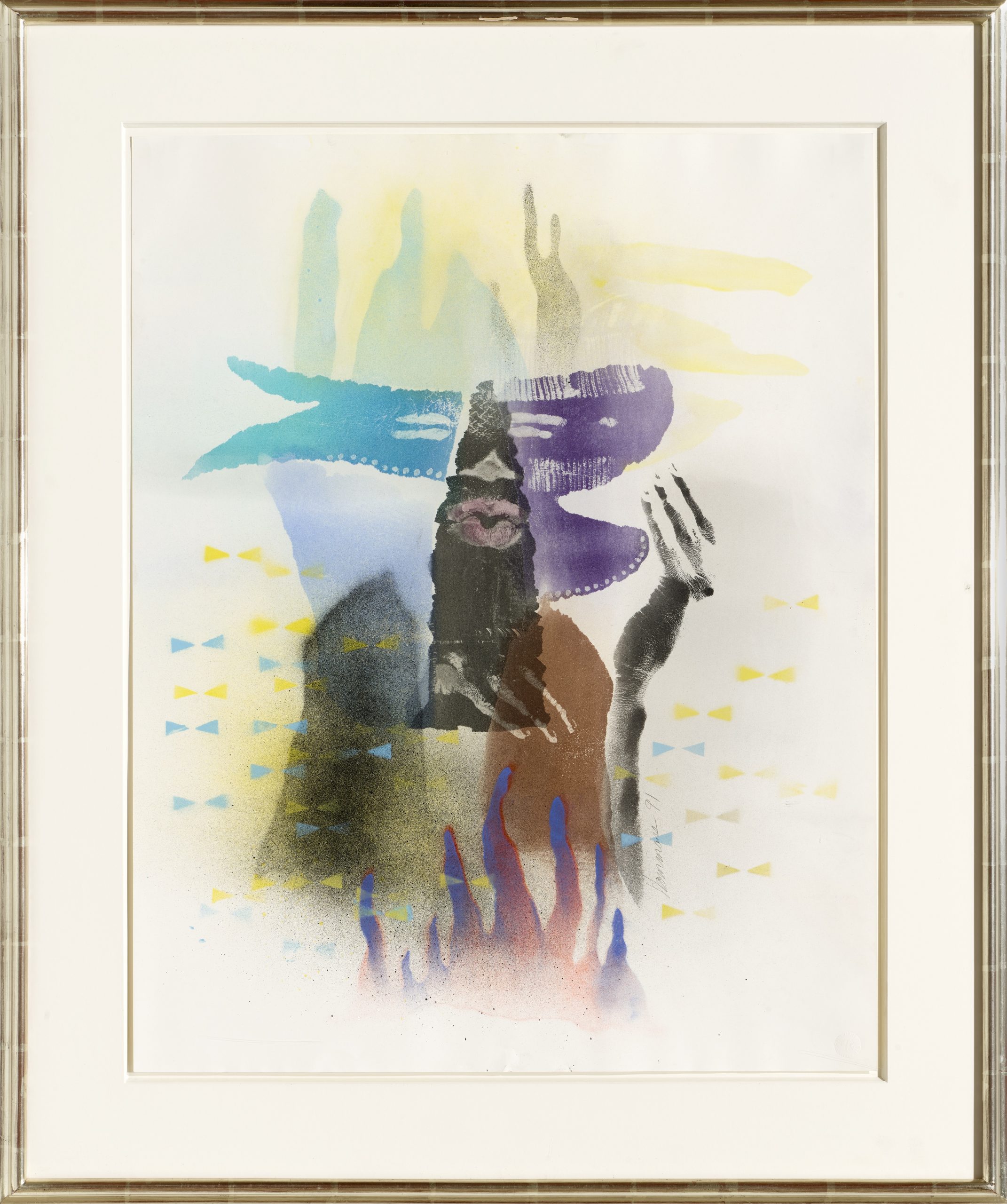
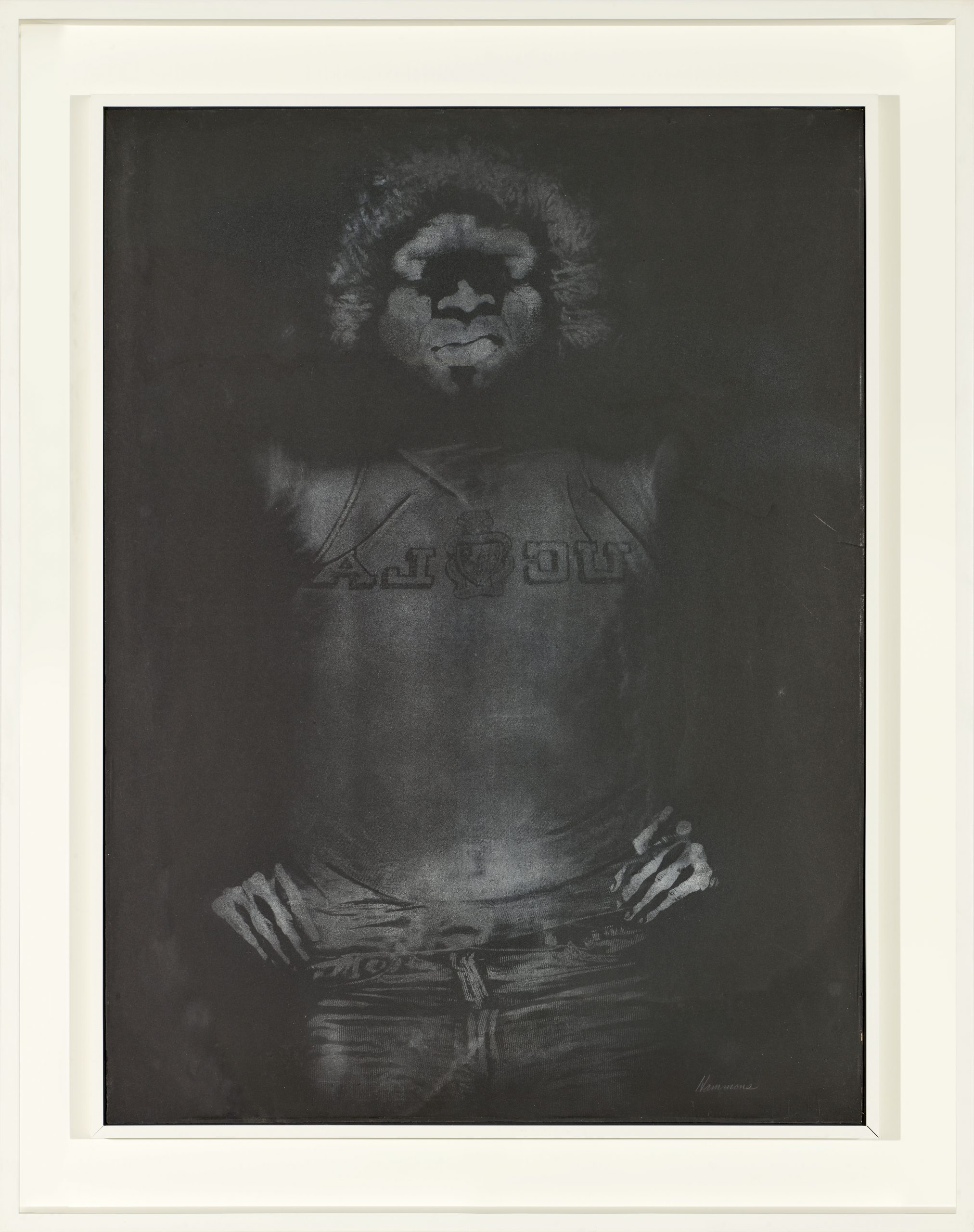
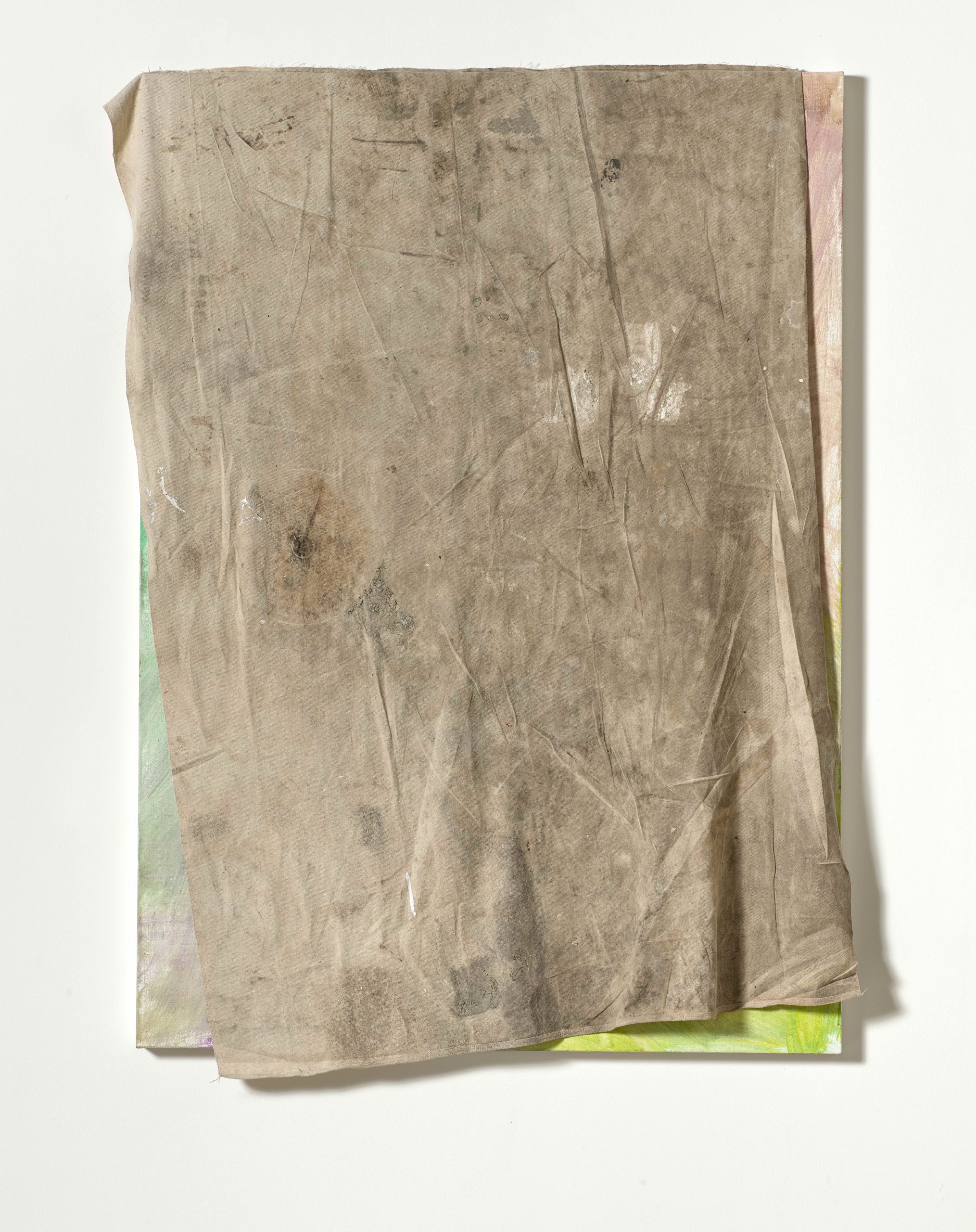
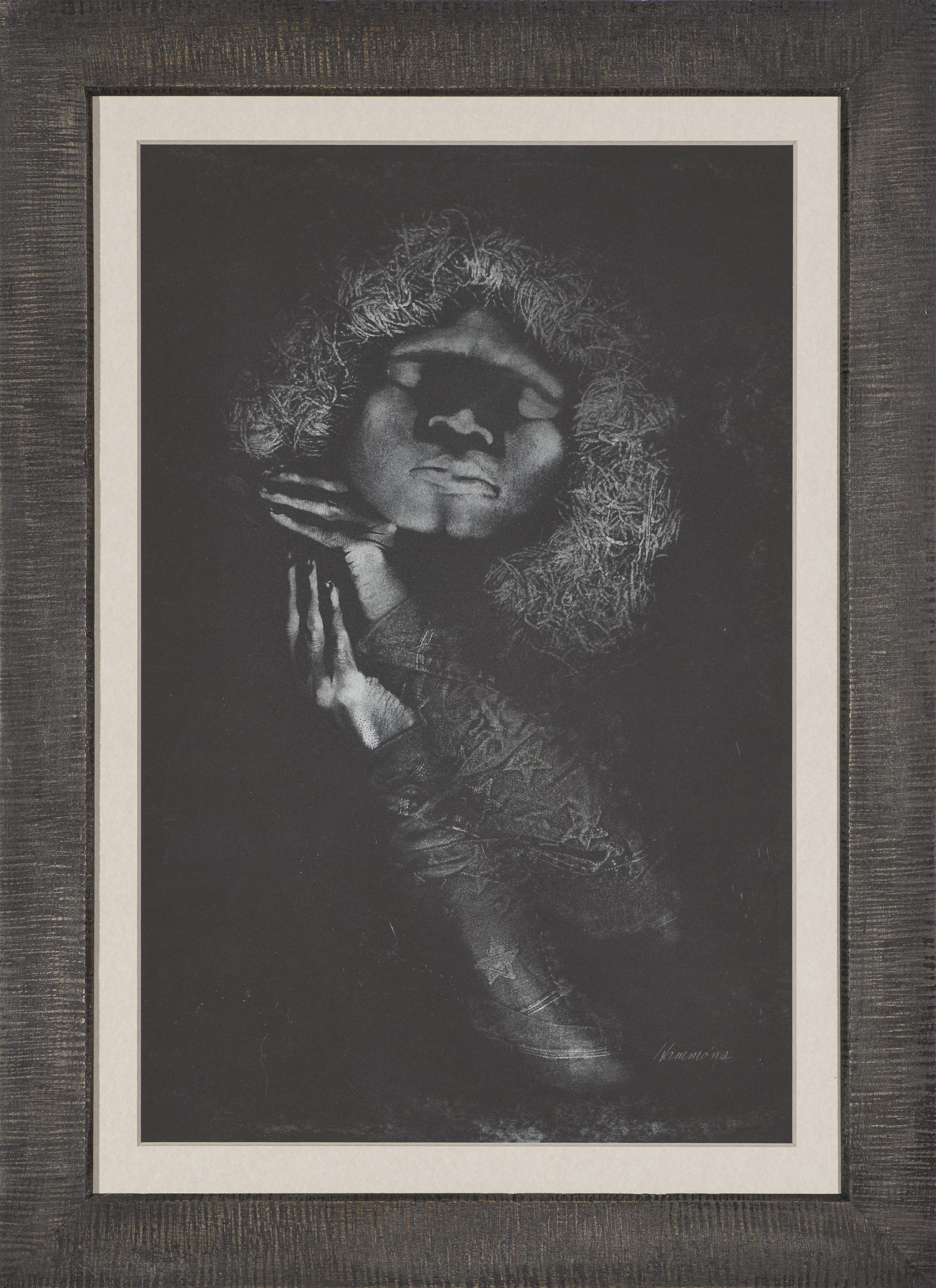
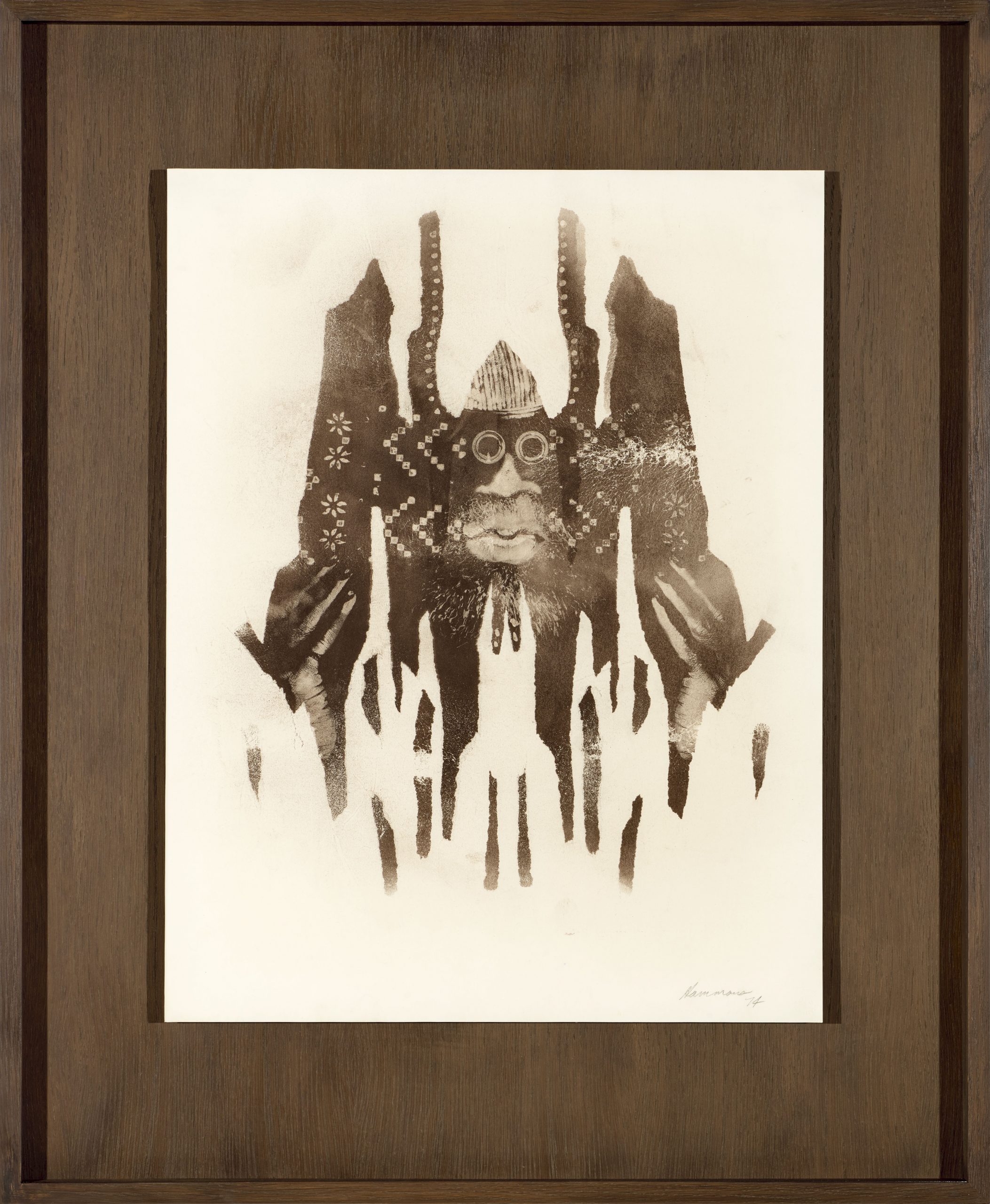
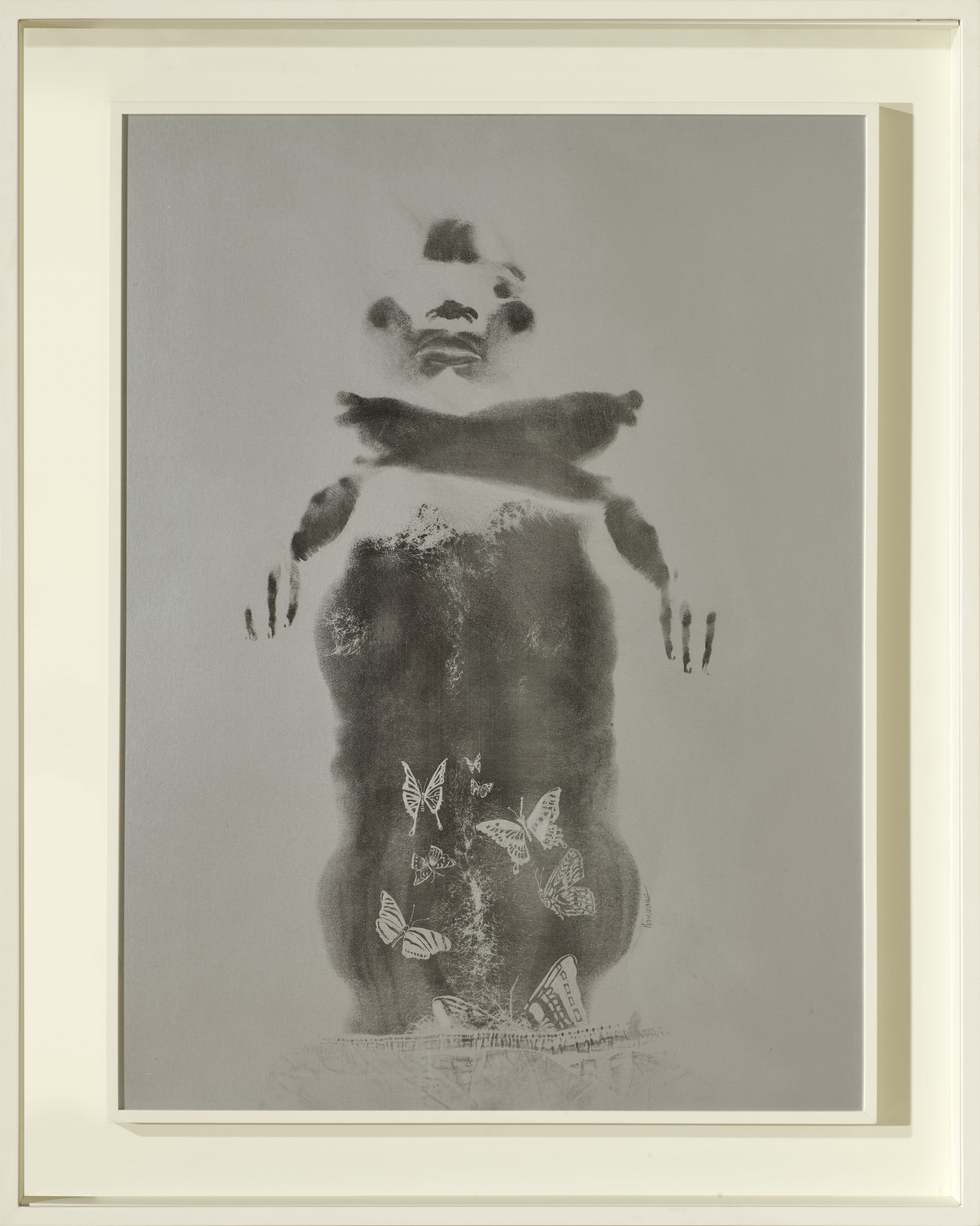
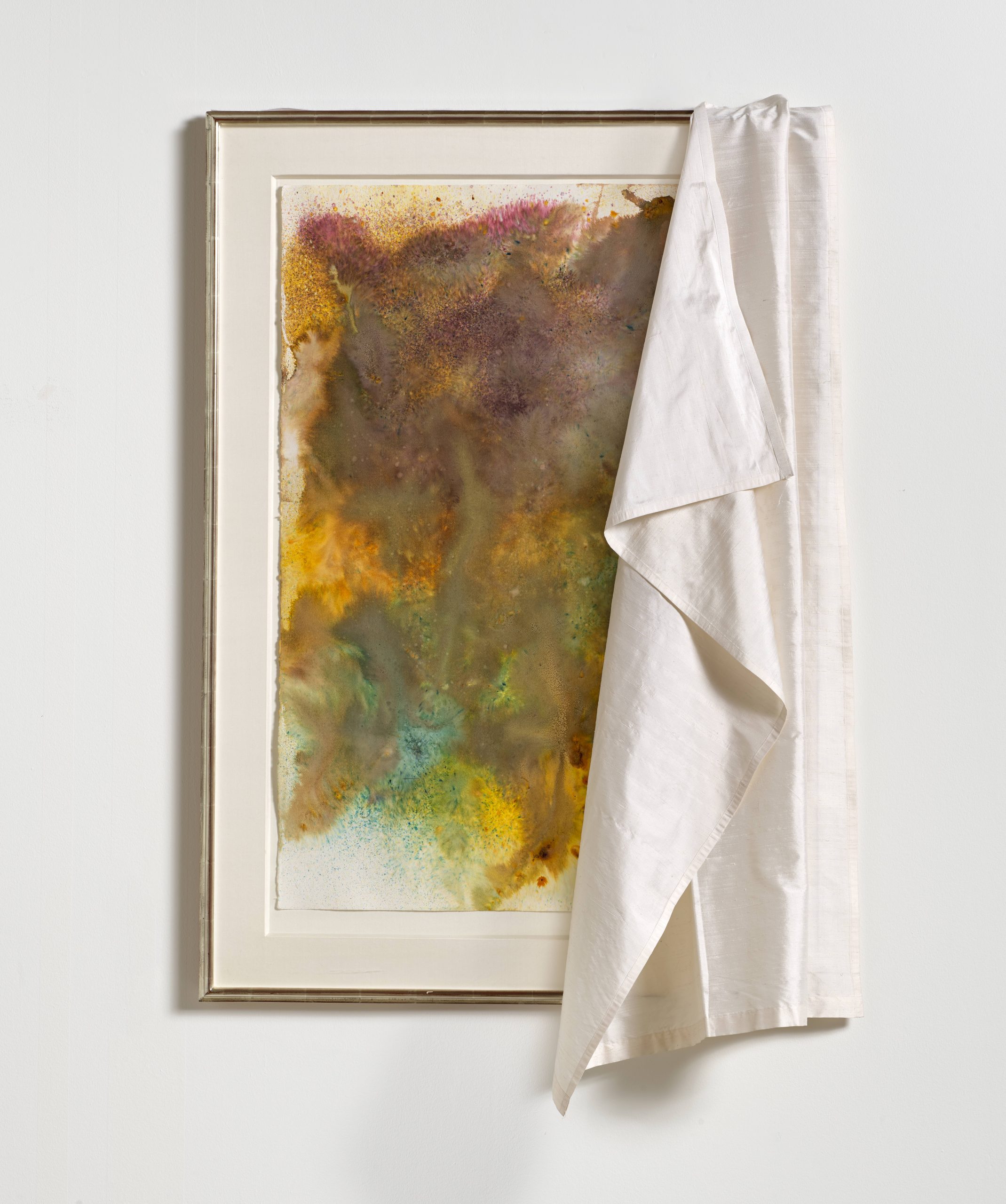
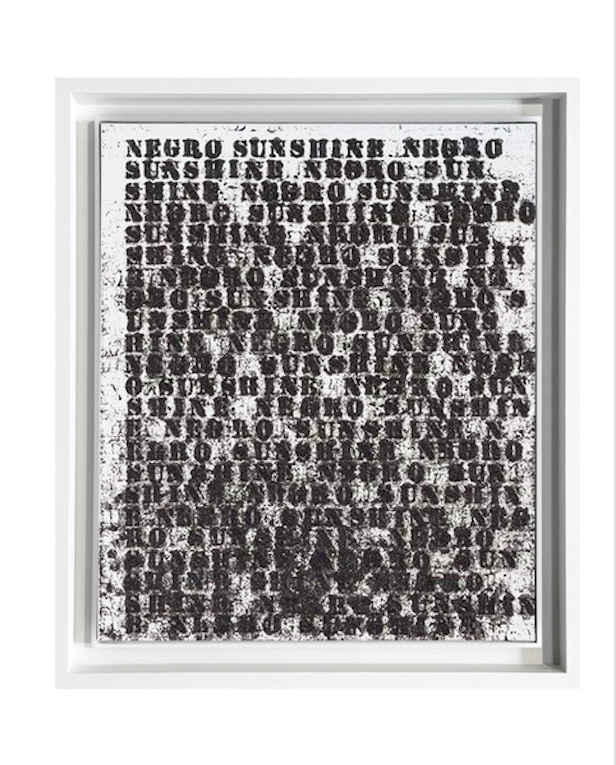
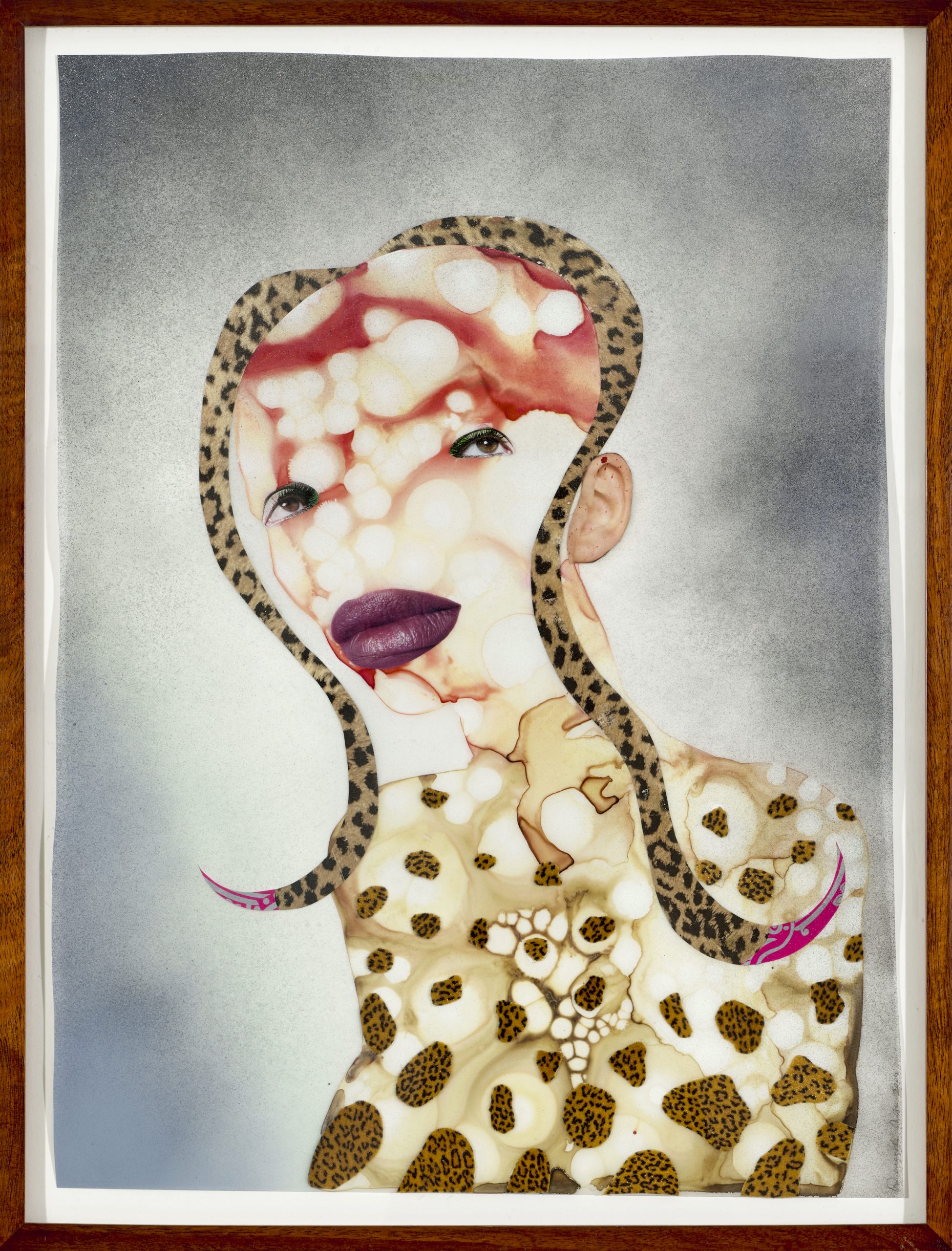
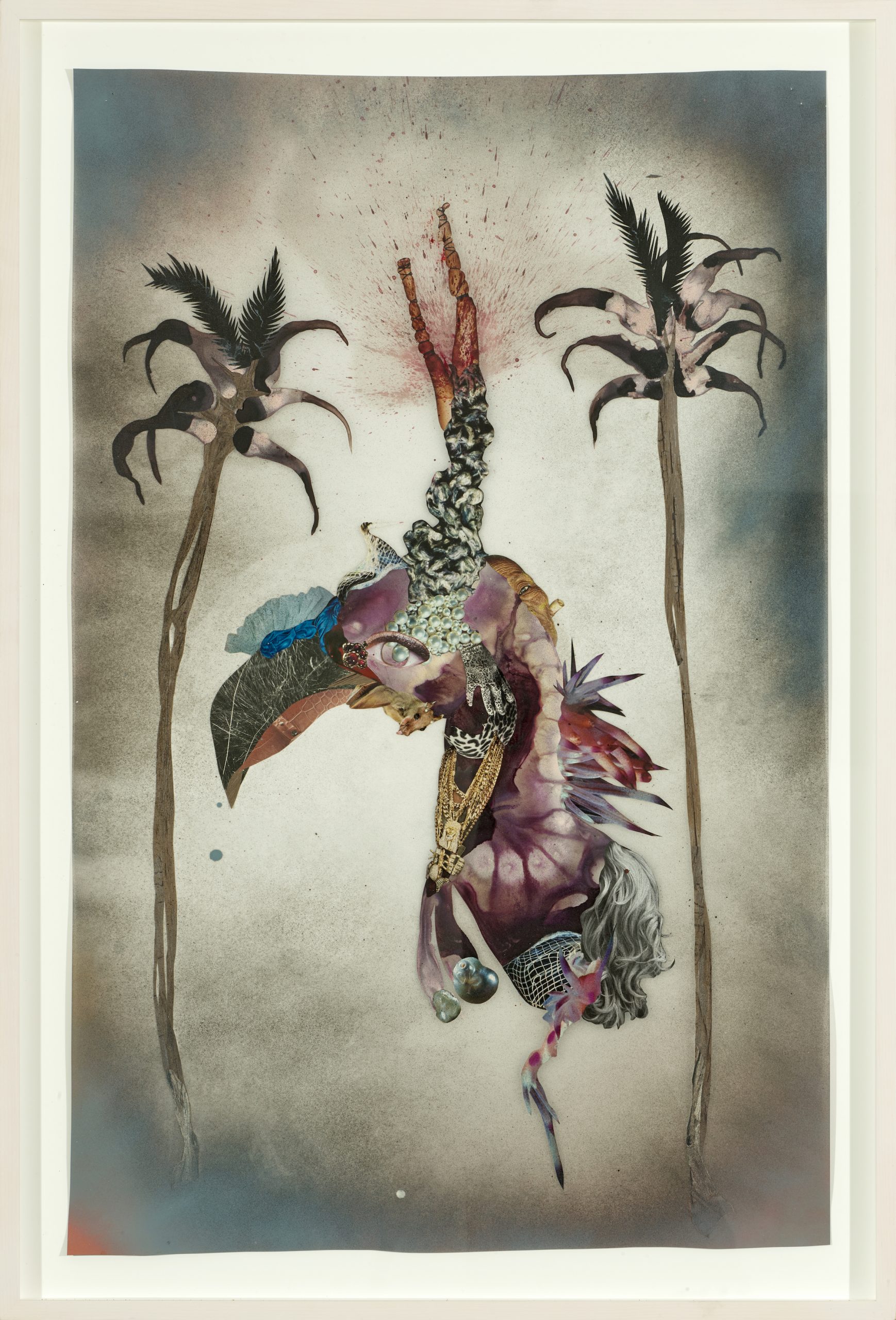
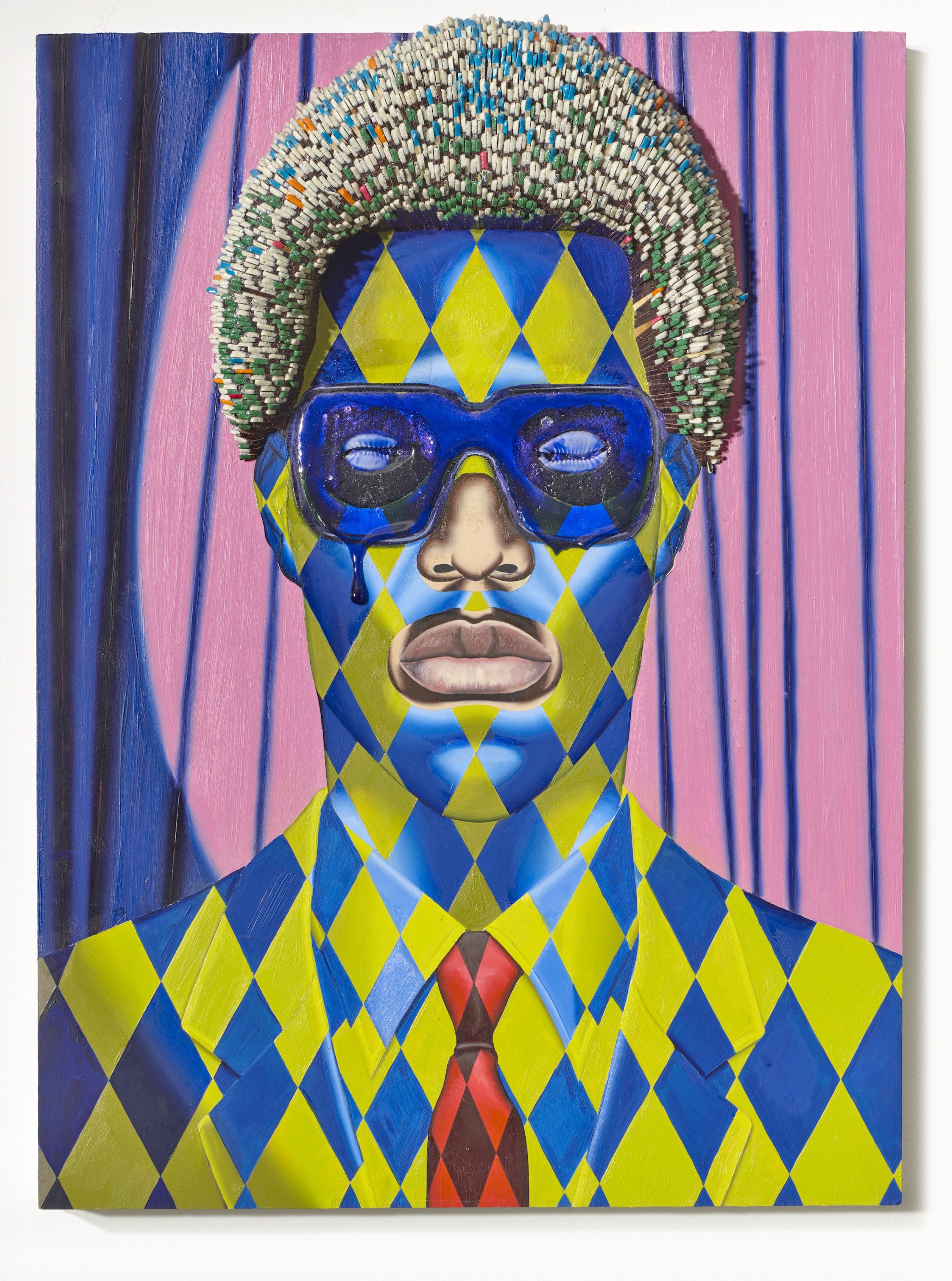
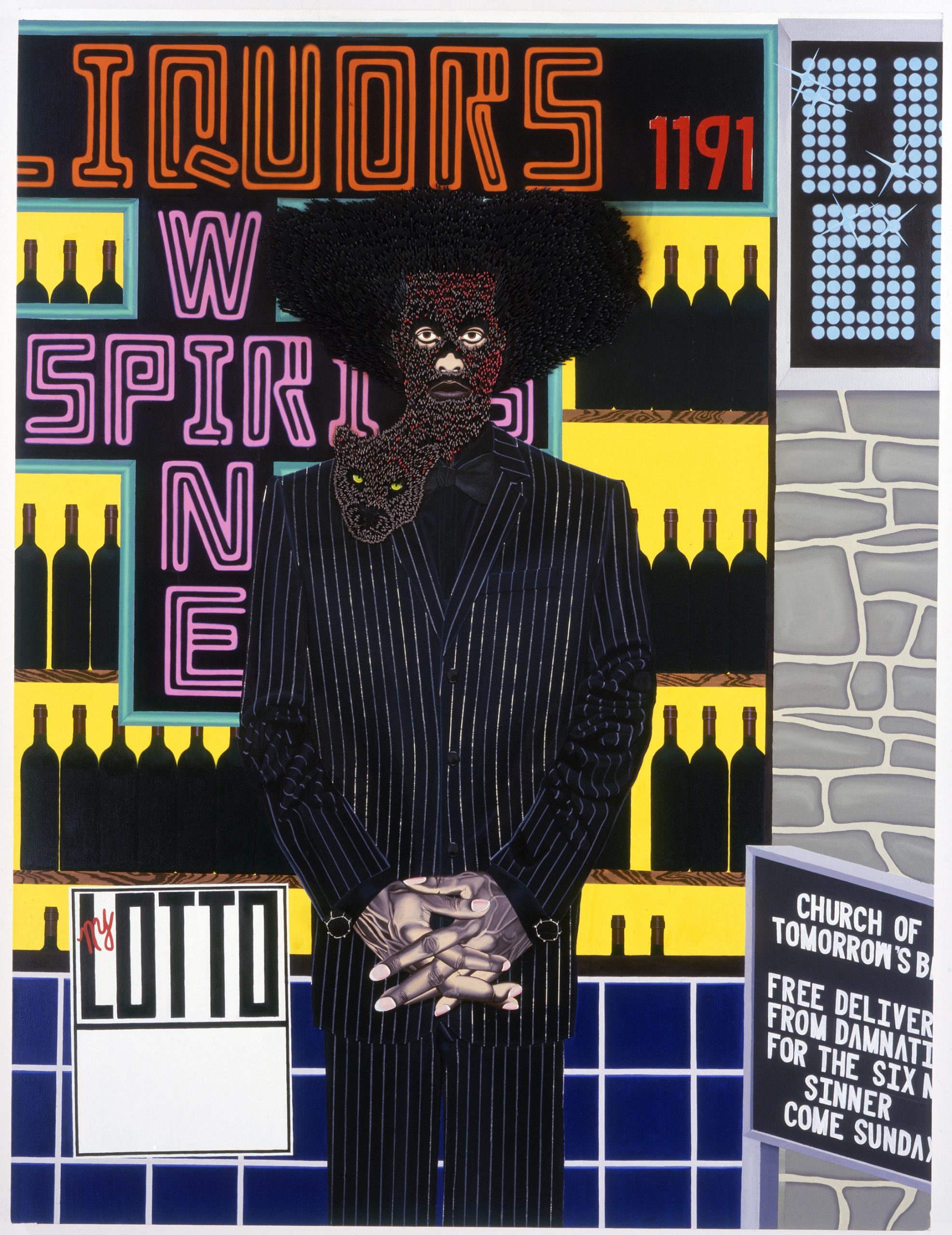
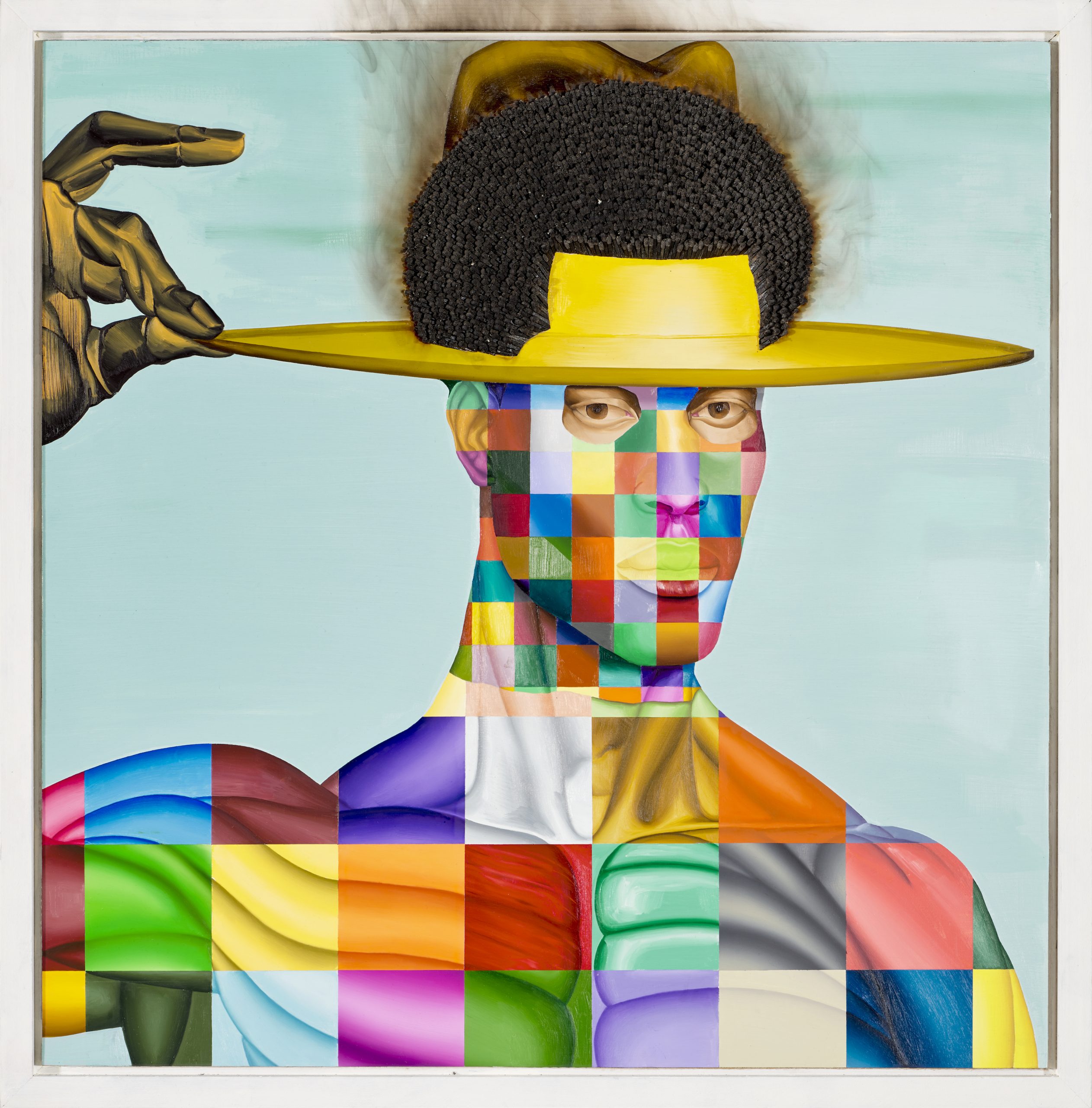
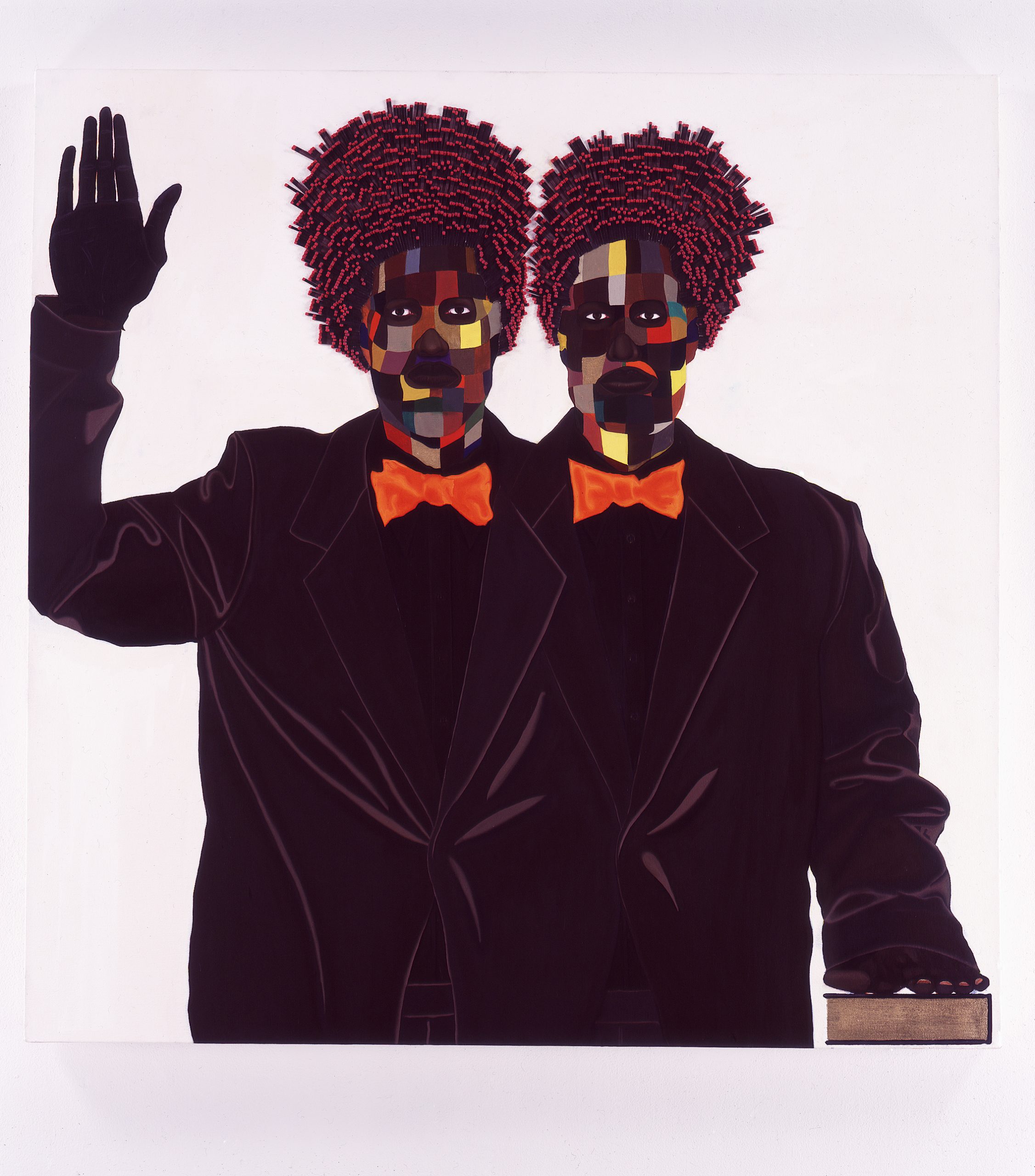
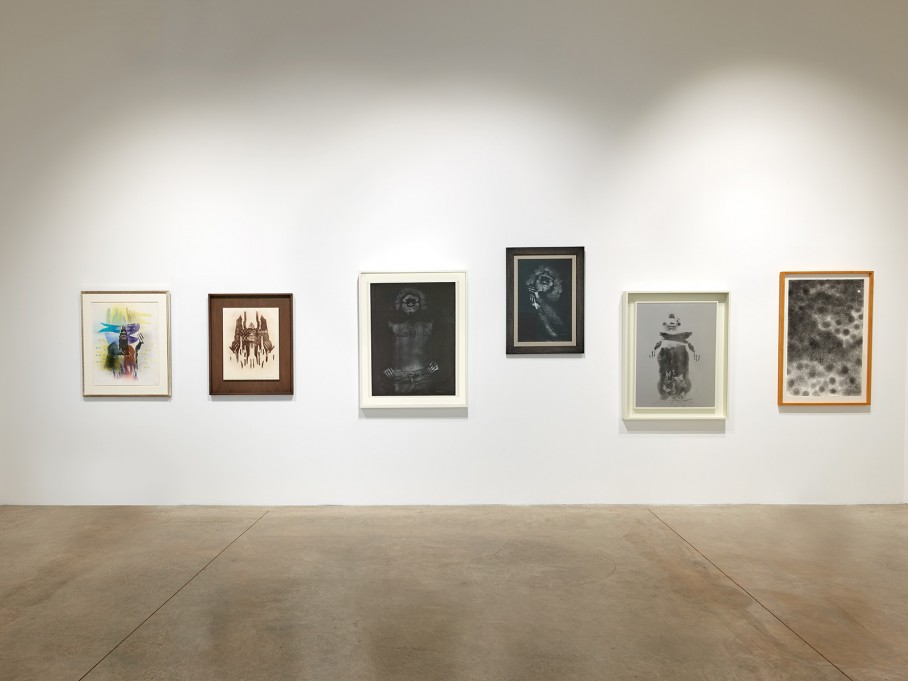
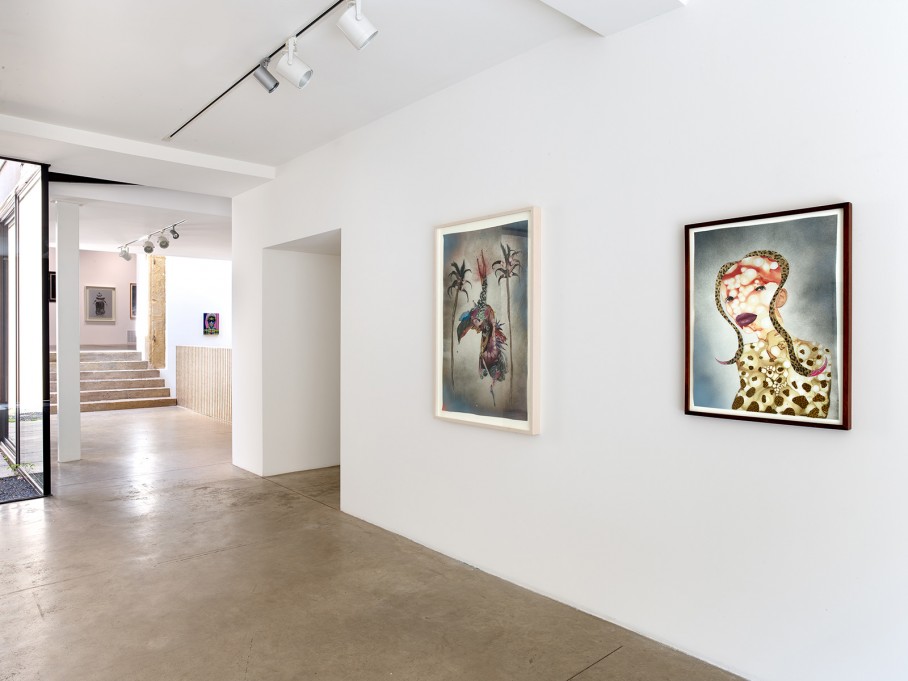
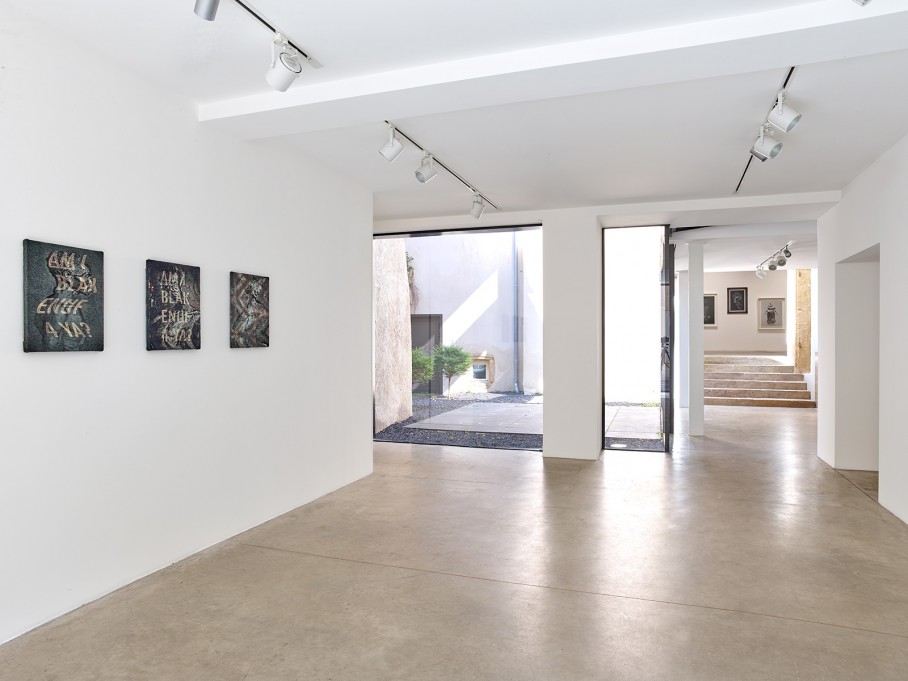

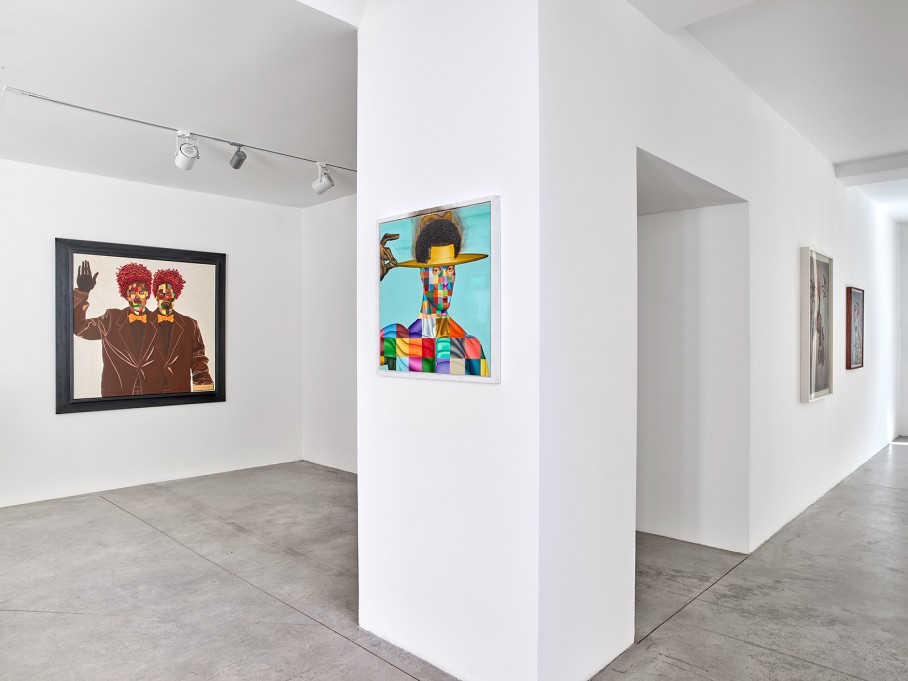

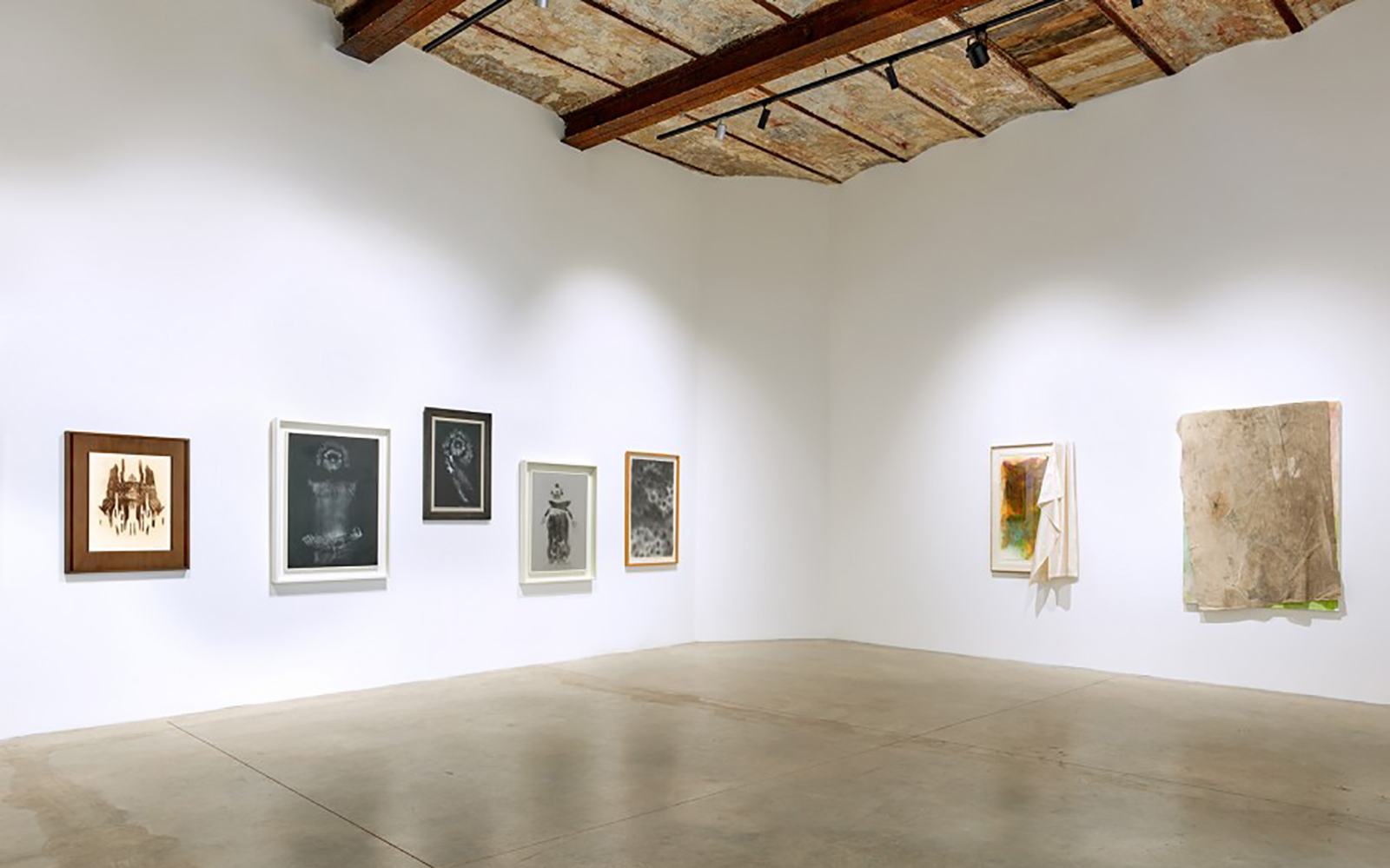
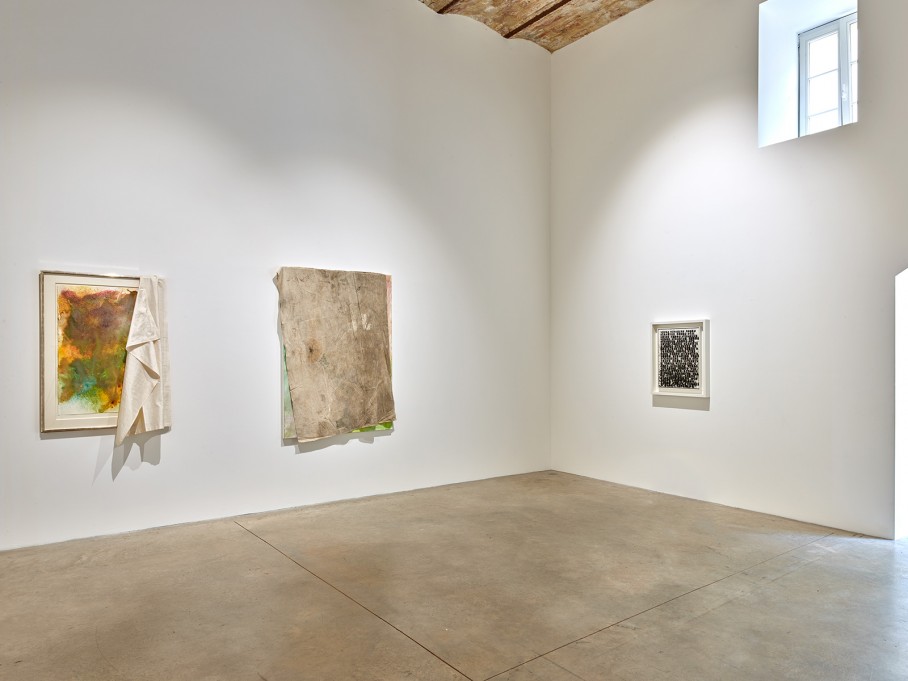
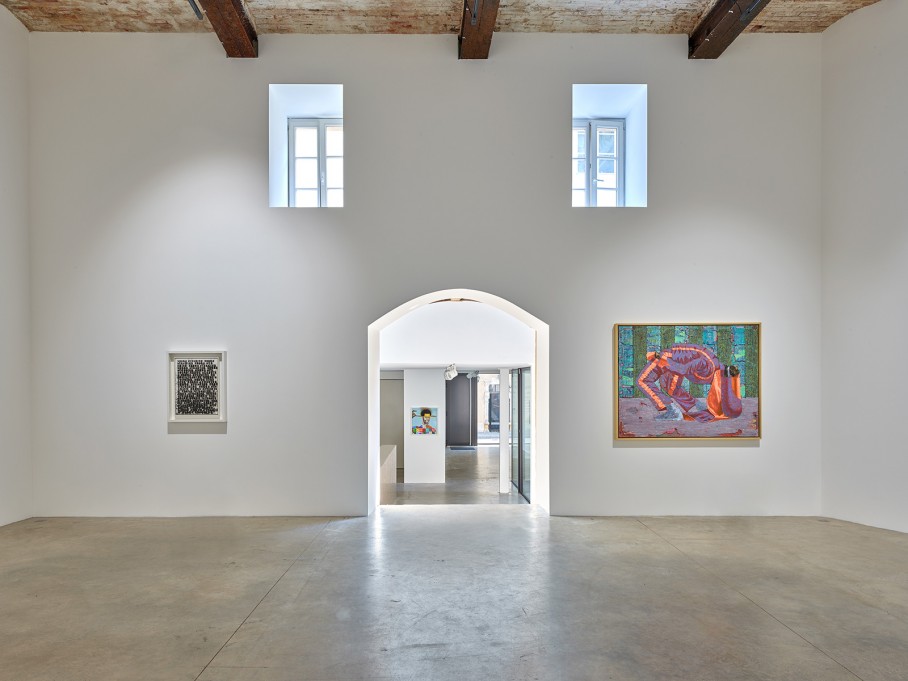
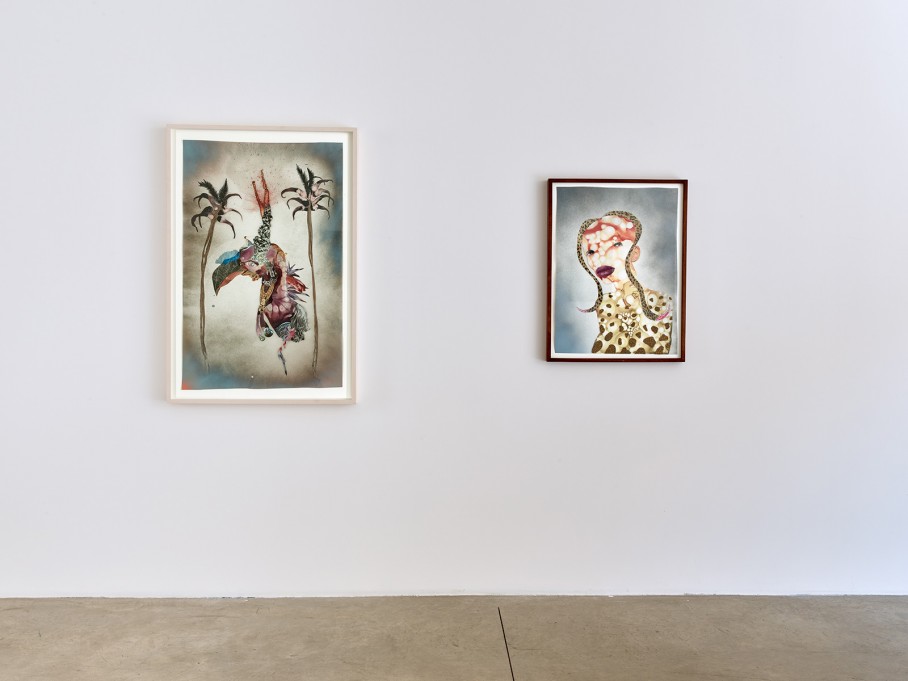

 UP
UP